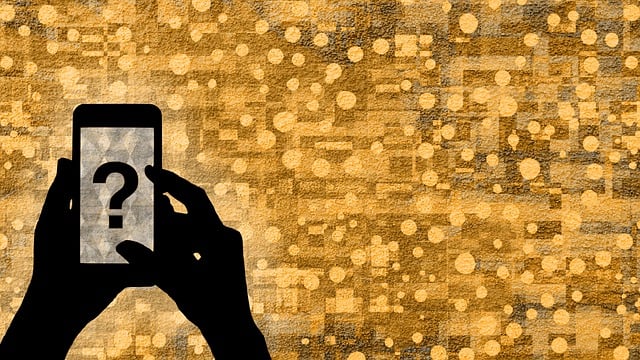Decoding λιβαισ: Ancient to Modern

Historical Origin
The term “λιβαισ,” potentially a transliteration or misspelling, has roots that could be traced back to ancient languages. Its precise origin is unclear, but linguistic analysis suggests a connection to Greek or Hebrew, where similar phonetic constructs are found. In ancient texts, such words often had significant meaning, linked to cultural or religious contexts.
For example, if “λιβαισ” is a form of the Greek word “λευίς” (levi), it could relate to the Levites, a historical tribe in ancient Palestine. In this context, it might refer to aspects of this group’s heritage, roles, or societal contributions. Linguistic studies further show that such terms often undergo transformations, adapting in spelling and pronunciation as they are absorbed into different languages and cultures over time.
Etymology and Language Roots
The etymology of “λιβαισ” might reveal a fascinating journey across languages and epochs. Tracing its roots involves examining phonetic similarities in Semitic, Greek, and Latin languages, where letters and sounds often interchange. Scholars might analyze ancient manuscripts, inscriptions, and historical texts to uncover how “λιβαισ” evolved in its linguistic journey. This exploration not only illuminates the word’s origin but also enriches understanding of language development and cultural interchange.
Usage in Ancient Texts
Investigating “λιβαισ” in ancient texts involves deciphering old manuscripts or inscriptions where this term appears. Its usage might be found in religious scriptures, historical records, or literary works of antiquity. Understanding the context in which “λευίς” was used sheds light on its significance at the time. This examination helps historians and linguists piece together cultural narratives and historical events, offering insights into the social, religious, or political landscapes of the era.
Cultural Significance of λιβαισ
“λιβαισ” may carry deep cultural significance, embodying concepts or values important to specific societies. In religious contexts, it might represent sacred principles or be associated with ceremonial traditions. Its cultural impact can be traced through ritualistic, artistic, and societal expressions, reflecting the values and beliefs of communities.
Religious and Mythological References
In religious or mythological frameworks, “λιβαισ” could symbolize divine entities, moral principles, or mythical stories. Examining religious texts, folklore, and mythological tales for references to “λευίς” provides insight into the spiritual and moral values it represents. This exploration can reveal how it influenced religious beliefs, practices, and the collective psyche of cultures, shaping their worldview and legacy.
Modern Interpretations and Representations
Today, “λιβαισ” might manifest in various forms, from art and literature to social customs and media. Its modern interpretations are influenced by historical perceptions but adapted to contemporary contexts. Analyzing how this is represented in current times offers a window into its evolving meaning and role in society. This study not only highlights the continuity and change in cultural traditions but also how past legacies inform present identities.
λιβαισ in Literature and Media
In literature and media, “λιβαισ” could be a motif or theme explored in narratives, symbolizing broader concepts or specific traits. Its portrayal in these mediums can reflect societal attitudes, philosophical inquiries, or artistic expressions, offering rich terrain for analysis and interpretation.
References in Classical Literature
Classical literature might feature “λιβαισ” in various roles, from a character or place to an allegorical element. Studying these references helps in understanding the symbolic and thematic significance of λευίς in literary traditions. This exploration can unveil how authors employed “λευίς” to convey complex ideas, emotions, or societal critiques, enriching the literary and cultural heritage.
Depictions in Contemporary Media
In contemporary media, “λιβαισ” could appear in films, TV shows, digital art, and online platforms, often reinterpreted or reinvented to resonate with modern audiences. Its depictions can range from direct references to subtle thematic elements, each serving to explore its significance or impact in a new light. For instance, a character or storyline in a popular TV series might be named after “λιβαισ,” drawing on its historical or cultural connotations to add depth or context to the narrative.
These modern portrayals of “λιβαισ” provide insight into how traditional concepts are transformed and adapted for contemporary consumption. They also show how society changes, revealing the way meanings shift over time and through various forms of media. By looking at these portrayals, we can follow the journey from where it began to its place in today’s culture, seeing how it both shapes and is shaped by the world’s ongoing transformations.
By exploring λευίς in these different situations, we can understand its role and importance in history, culture, literature, and media from various angles. Each viewpoint provides a unique way to understand the term adding depth and richness to our understanding of its significance in human life.
Conclusion
“λιβαισ” embodies a concept with deep historical and cultural roots, possibly originating from ancient languages and carrying significant meanings through time. Its journey from classical texts to modern interpretations showcases the evolution of cultural symbols and their impact on society. As a term, it reflects the dynamic nature of language and tradition, adapting to various contexts and interpretations. In literature and media, “λιβαισ” serves as a narrative and thematic element, offering insights into human values and societal changes. Ultimately, the exploration of λευίς highlights the richness of cultural heritage and the continuous dialogue between the past and present in shaping human identity and expression.














